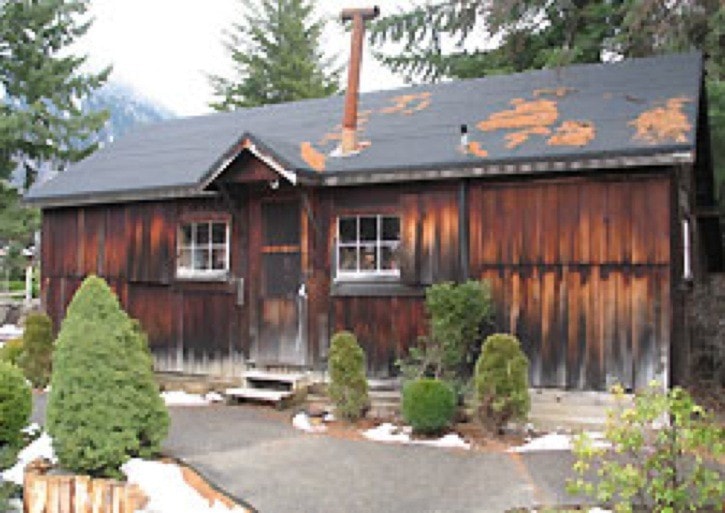Dec. 7 marked the 70th anniversary of the invasion of Pearl Harbour by the Japanese military. “Pearl Harbour Day” kicked off an intense four-year struggle for supremacy which ranged over much of the world, in what was truly a world war.
The First World War had occasional instances of fighting away from the main theatre, which was primarily Belgium and France. But the Second World War involved armies, navies and air forces in many parts of the globe, from Asia to Africa to the Atlantic Ocean. The war also reached into Canada, both in terms of U-boat attacks in the St. Lawrence River and Halifax harbour, and the shelling of the Estevan Point lighthouse in a remote part of Vancouver Island.
Its true reach into Canada came with the fact that very few households were not impacted in some way. However, the war against Japan didn't have nearly the effect on most Canadians that the war against Germany did.
The war against Japan is worth some attention though, and nowhere more so than in the B.C. Lower Mainland. For it was here that Canadian citizens, some of whom were First World War veterans of the Canadian Army, were forcibly uprooted from their homes, stripped of their possessions, lost almost all their basic rights and were set upon by their own government with a vengeance which had no precedent.
Japanese-Canadians had lived in many parts of the Lower Mainland for decades, Here in Langley, they were often farmers — usually growing fruit on a few upland acres, and succeeding through a combination of hard work, belief in the future and general satisfaction to be part of Canada.
It's not that they hadn't experienced racism. In 1907, an area of downtown Vancouver along Powell Street known as 'Japantown' was largely destroyed by a mob, and people of Japanese origin working in the fishing and mining industry had faced overt and long-lasting discrimination, with trade unions and politicians often the worst aggressors.
But with the invasion of Pearl Harbour, those who’d had the Japanese-Canadians in their sights for years finally had a weapon which packed a wallop. Federal, provincial and local politicians all begged the Liberal government on Prime Minister Mackenzie King to kick all people of Japanese origin off the B.C. coast, claiming many were “fifth columnists” who would send messages to Japan and allow it to zero in on B.C. targets.
Espionage wasn't a completely unreasonable fear, but it was exploited mercilessly by people like Ian Mackenzie, an MP and member of the federal cabinet, and Halford Wilson, a Vancouver alderman.
In the 1944 federal election, Mackenzie said "Let our slogan be for British Columbia: 'No Japs from the Rockies to the seas.'"
They and many others hated the Japanese-Canadians (and indeed had little use for most non-Caucasians), and it paid political dividends to fan the flames of hatred in others.
A blackout was imposed on the B.C. coast after Pearl Harbour, for fears that Japanese fighter and bomber planes would attack. As mentioned, they did attack the Estevan Point lighthouse, in an isolated location — but that was it.
My grandfather was an air raid warden in White Rock at that time. He and others patrolled the streets to ensure that there was no light showing anywhere, and no target for any enemies.
The Japanese-Canadians were rounded up, with many taken to the PNE grounds and kept in livestock barns. They were moved to internment camps in the B.C. interior and as far away as Ontario. Those who owned land, cars, stocks and bonds, boats and farm equipment saw them sold for a fraction of their true value. They had almost no say in any of this. No one took up their cause, including the CCF, which up to the time of Pearl Harbour had been quite sympathetic to Japanese-Canadians.
Parents of a friend of mine in Ontario were among those who were forcibly moved from the coast. They moved to Ontario and never returned. A few did come back after the war, but in most cases, all they had worked for in the 1920s and 1930s was gone.
More than 40 years after the fact, Canada apologized for the atrocious treatment it had bestowed on its own citizens. It was too late to do any good for many, but it was both necessary and appropriate.
Some people say that such a thing would never happen again, as we now have a Charter of Rights and Freedoms. Perhaps. But never underestimate the depth of hatred and ill-will which can be fanned in a time of crisis, and do not underestimate the willingness of many politicians to capitalize on it.
For those wishing to find out more about how Canada treated its own citizens of Japanese ancestry, there is no better place to get a firsthand look at what they endured than the Nikkei Internment Memorial Centre, located in New Denver in the West Kootenay. It is the only internment camp still standing.
It brings to life that sad chapter in Canadian history, and it is well worth a visit. Anyone who visits it will not come out of the experience unchanged.
